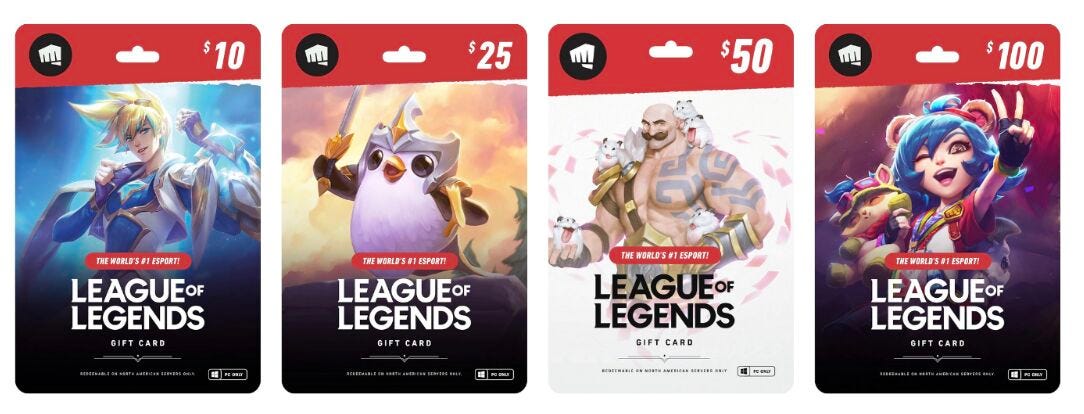Metrics or Instinct?
When Data Sucks Out the Fun
Why does your game look just like everyone else’s?
The answer might lie in your data.
In data-driven cultures, decisions follow the numbers - full stop. It’s a way to reduce risk, share blame, and standardize operations. And in the right context (e.g., performance marketing or QA), that’s exactly what you want.
But in gaming? Or creative industries more broadly?
Being too data-driven can actually make your product invisible.
Suddenly, every team is chasing the same Steam wishlist count. Every publishing strategy looks identical. Feature roadmaps get dictated by A/B tests instead of player sentiment.
Back at Riot, I had to pick a few champions to feature on our League of Legends gift cards. There were 100+ to choose from, but only room for four.
The data showed us which characters performed well by demographic. That was helpful.
But the final call came down to instinct. What felt right for the brand. What felt fun. What put players first. No spreadsheet could capture the emotional connection players had with certain champions.
I’m not saying we should ignore data. Data can validate and inform…
…but if metrics are the only voice at the table, the magic starts to disappear.


